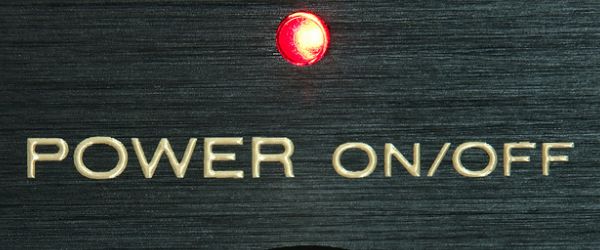If you have ever worked with RNA, you know about DEPC (diethylpyrocarbonate). You add it to water at a concentration of 0.1%, shake or stir, incubate at 37°C for two hours or at room temperature overnight and, as if targeted by a magic bullet, the RNAses that may have been in the water are gone. Then, you autoclave the treated water and the DEPC is gone, leaving carbon dioxide, ethanol and a little bit more water behind (DEPC decays spontaneously and, as any energy-dependent reaction, heating it up speeds up the process).
But every magical creature or artifact has a weak spot: the Wicked Witch of the West was destroyed by water, and DEPC shouldn’t be added to Tris- and HEPES- based solutions (but don’t worry, you can use DEPC-treated water to make these buffers!).
You should never question magic, but there is always a rational explanation for the seemingly magical properties of next best thing – sufficiently advanced technology like DEPC. Both the strength and the weakness of DEPC are the result of its mechanism of action.
How do RNAses work?
RNAses break O – P phosphodiester bonds between RNA nucleotides by nucleophilic attack. In this type of reaction, a nucleophile (chemical group with a spare electron pair) attacks partially positive charge of the O – P bond, resulting in phosphate and an OH-group.
RNAses are very diverse, but they usually have histidine, tyrosine or serine as a nucleophile, which attacks and destroys bonds between nucleotides, degrading RNA molecules.
How does DEPC work?
DEPC irreversibly reacts with the catalytic amino acid in the reactive centre of the RNAse molecule, inhibiting the enzyme. It reacts most strongly with histidine residues, but can also react with lysine, cysteine, and tyrosine residues, inactivating putative RNAses in water.
But why not use DEPC directly in Tris or HEPES buffer instead of water? Excess DEPC is inactivated relatively simply by incubating at 37°C, which causes its hydrolysis, and this reaction is sped up in the presence of nucleophiles such as amines, thiols, and alcohols. Because Tris and HEPES are amines, instead of inactivating rare RNAse molecules, DEPC harmlessly fizzles out in most of these buffers.
Any questions? Let us know in the comments section!
References:
Substrate-induced conformational changes in sarcoplasmic reticulum Ca2+-ATPase probed by surface modification using diethylpyrocarbonate with mass spectrometry. Narumi et al., NeurochemRes. 1987 Apr;12(4):335-9.
Nucleases: diversity of structure, function and mechanism. Yang W. QRevBiophys. 2011 Feb;44(1):1-93.






